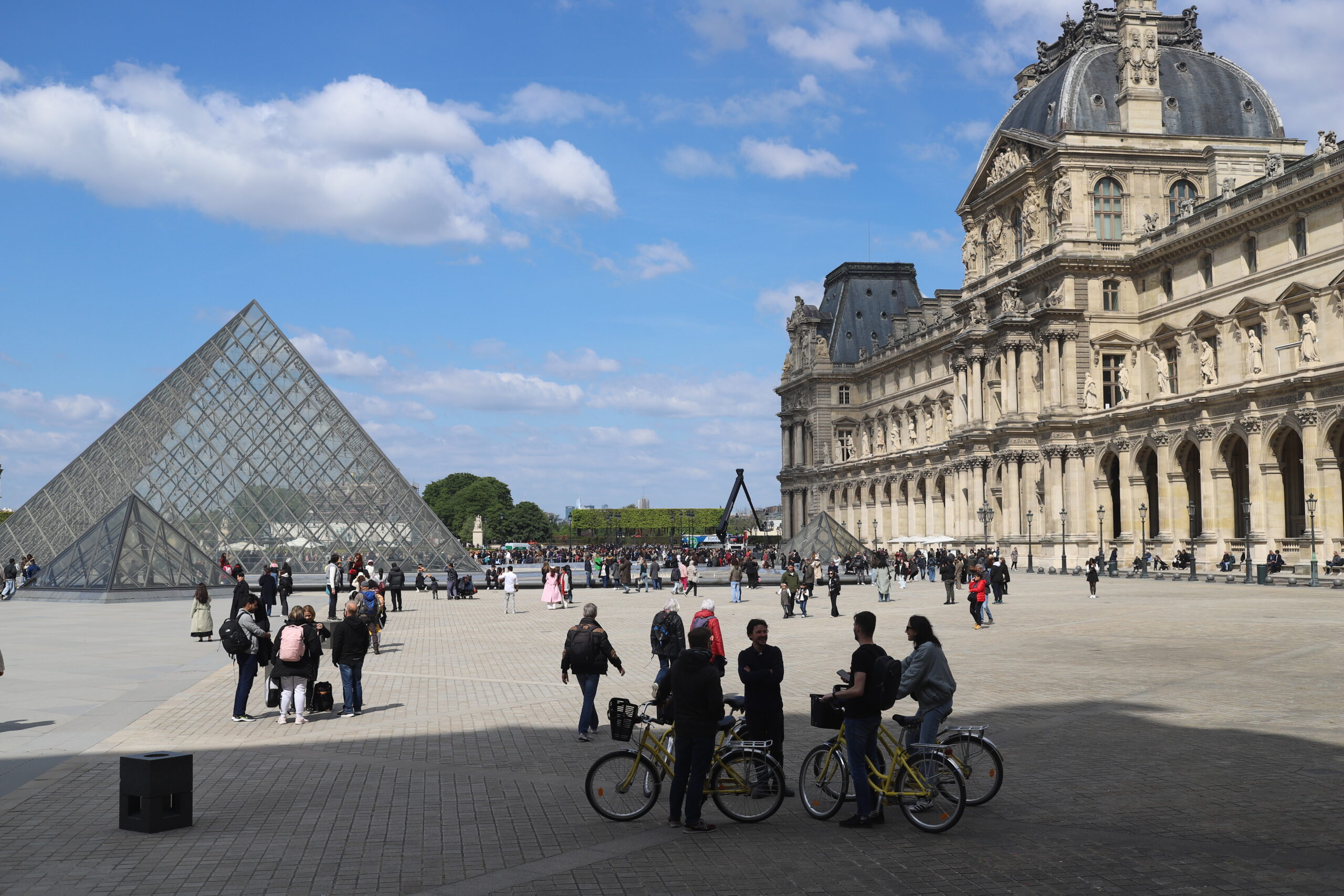There’s something strangely theatrical about headlines like the one that claims France mourns its stolen crown jewels as their uncomfortable colonial past. It doesn’t read like reporting; it reads like someone whispering a moral lesson before the facts have even had a chance to walk onto the stage. The trick is subtle: the theft itself becomes secondary, while the writer frames the act as part of a grand reckoning narrative. It’s as if the article is not actually about jewels or history, but about staging a symbolic slap against “the West.” The journalism hides behind the language of empathy, reflection, and “difficult truths,” but quietly cheers at the idea of institutions being weakened. That’s where it starts to resemble a gentler, socially-permitted form of anarchism. Not the loud kind with Molotovs, but the polite literary variant that uses guilt as its accelerant.

Shot with Canon EOS R6 Mark III and RF45mm F1.2 STM
When you scratch just beneath the varnish of that tone, it becomes obvious that the goal isn’t to explain or understand; it’s to moralize, to lean on shame as a style. This approach doesn’t say, “Let’s examine colonial history seriously.” It says, “The West deserves humiliation, and every event can be nudged to help that along.” The theft of priceless heritage becomes recast as a cosmic balancing act, as though criminals with crowbars were philosophers delivering justice. Woke journalism loves this inversion, because it lets destruction masquerade as enlightenment. It lets vandalism pose as activism. And it absolves the writer from having to defend anything stable or constructive. After all, demolition requires fewer arguments than building.
What makes it most unsettling is that this style isn’t openly revolutionary. It doesn’t announce itself. It doesn’t shout. It wraps itself in compassion, memory, and accountability, and then under that soft fleece lining, it slips in a quiet delight at seeing the old foundations crack. That’s why it feels dishonest. If someone wants to advocate dismantling Western cultural identity, sovereignty, or historical symbols, at least say so plainly. But dressing this impulse up as concern for victims of history is a kind of moral ventriloquism. The direction is anarchic, but the tone is pious. And that mismatch is exactly why these headlines feel both preachy and strangely smug at the same time.
The headlines get shorter. The messages get blunter. The pattern becomes predictable. And little by little, readers are trained to associate preservation with guilt, and destruction with virtue. Once that idea settles in, everything is upside down. It’s no longer about understanding history; it’s about finding whatever lever will pry open the next crack.
Leave a Reply